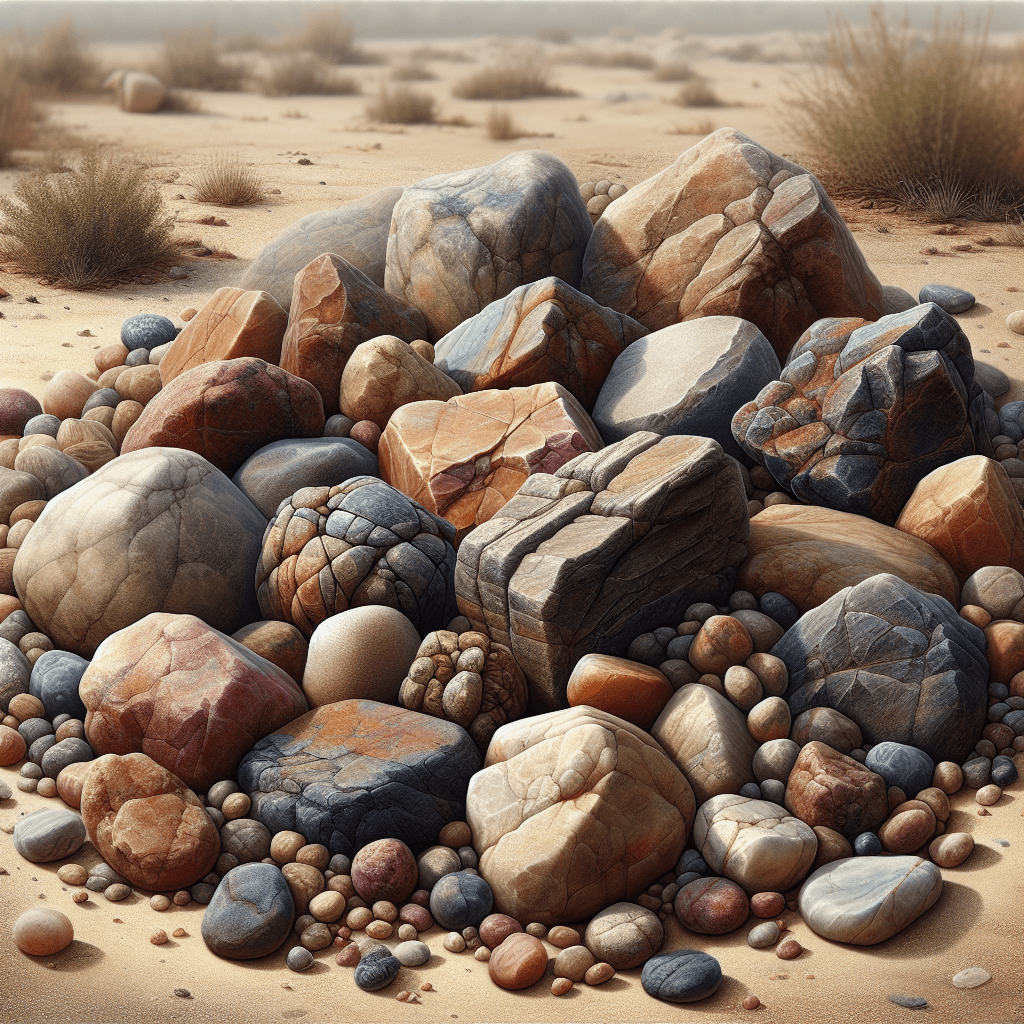India is a country known for its rich geological diversity and the significance of stones in its history, culture, and architecture. Stones in India hold immense historical and cultural importance, shaping the country’s heritage. In this blog post, we will explore the geological formation of stones in India, discuss famous Indian stones such as marble, granite, sandstone, and slate, delve into unique and exotic stones like onyx, jasper, and quartzite, explore traditional stonecraft techniques, and examine sustainability and ethical considerations in the stone industry.
Introduction to Stones in India
Stones play a crucial role in various aspects of Indian society, from religious rituals to architectural marvels. The definition and significance of stones in India are explored in this section, emphasizing their cultural and historical importance. Additionally, an overview of India’s rich geological diversity sets the stage for understanding the formation and types of stones found in the country.
Geological Formation of Stones in India
This section provides an explanation of the geological processes involved in the formation of stones in India. The major rock types found in the country, including igneous rocks, sedimentary rocks, and metamorphic rocks, are discussed in detail. By understanding the geological formation, we gain insights into the unique characteristics and properties of Indian stones.
Famous Stones of India
India is renowned for its exquisite stones, and this section focuses on some of the most famous ones. Marble, granite, sandstone, and slate are explored individually, providing an overview of their mining locations, popular varieties, and applications in different industries such as architecture, construction, and sculpture.
Marble
Marble is a luxurious and elegant stone, and India is home to several marble mining locations. This sub-section highlights popular Indian marble varieties such as Makrana marble, Ambaji marble, and Kishangarh marble, describing their unique characteristics and uses in architecture and monuments.
Granite
Granite is a durable and versatile stone widely used in various applications. Notable granite deposits and quarries in India are discussed, along with popular Indian granite varieties like Black Galaxy granite, Kashmir White granite, and Imperial Red granite. The utilization of Indian granite, including flooring, countertops, and monuments, is also explored.
Sandstone
Sandstone is a natural stone known for its warm and earthy tones. This section provides an overview of sandstone deposits in India and describes famous Indian sandstone varieties such as Dholpur sandstone, Kota stone, and Agra Red sandstone. The applications and uses of Indian sandstone, including architecture and garden landscaping, are also highlighted.
Slate
Slate is a versatile stone commonly used for roofing, flooring, and wall cladding. Prominent slate quarries in India are discussed, and notable Indian slate varieties like Kund Multi slate, Himachal Black slate, and Deoli Green slate are introduced. The practical uses of Indian slate in construction and interior design are explored.
Unique and Exotic Stones of India
In this section, we delve into the unique and exotic stones found in India. Onyx, jasper, and quartzite are the focus of this discussion, highlighting their formation, characteristics, availability, and applications in interior design, jewelry, and construction.
Onyx
Onyx is a visually striking stone known for its vibrant colors and translucent properties. Indian onyx deposits and its applications in interior design and jewelry are explored, emphasizing its unique beauty and versatility.
Jasper
Jasper is a diverse stone known for its variety of colors and patterns. Notable jasper deposits in India and its uses in decorative items and gemstone jewelry are discussed, showcasing its aesthetic appeal and cultural significance.
Quartzite
Quartzite is a durable and hard stone that comes in a range of colors and textures. This section provides an introduction to quartzite, describes famous Indian quartzite varieties like Himachal White quartzite, Silver Shine quartzite, and Copper Slate quartzite, and explores its practical applications in construction and landscaping.
Traditional Stonecraft in India
Stonecraft has been an integral part of Indian culture and heritage for centuries. This section introduces traditional stonecraft techniques and explores different stonecraft styles found in various regions of India. The intricate stone carving of Rajasthan, temple sculptures of Odisha, and Dravidian architecture of Tamil Nadu are highlighted, showcasing the diverse artistic expressions of Indian stonecraft.
Rajasthan’s intricate stone carving
Rajasthan is known for its intricate stone carving techniques, which have been passed down through generations. This sub-section delves into the unique artistry and craftsmanship of Rajasthani stone carving, showcasing its cultural significance and its impact on Indian architectural heritage.
Odisha’s temple sculptures
Odisha is renowned for its magnificent temple sculptures, where stones are intricately carved to depict mythological stories and deities. This section explores the temple sculptures of Odisha, highlighting their artistic beauty and religious significance.
Tamil Nadu’s Dravidian architecture
Tamil Nadu’s Dravidian architecture is a testament to the artistic brilliance of stonecraft in South India. This sub-section focuses on the unique architectural style of Tamil Nadu, characterized by intricately carved stone pillars and sculptures, and discusses its cultural and historical significance.
Sustainability and Ethical Considerations in the Stone Industry
The stone industry, like any other extractive industry, has environmental and ethical implications. This section explores the environmental impact of stone mining and quarrying in India and discusses fair trade practices and responsible sourcing. Initiatives for sustainable stone extraction and processing in India are also highlighted, emphasizing the importance of responsible practices to preserve the natural resources and communities involved in the stone industry.
Conclusion
In conclusion, India’s rich stone heritage is a testament to its geological diversity and cultural significance. The country’s famous stones, unique and exotic varieties, traditional stonecraft techniques, and sustainability considerations in the stone industry showcase the multifaceted nature of stones in India. By appreciating and understanding the significance of stones in India, we can truly appreciate the beauty and cultural heritage they represent.

